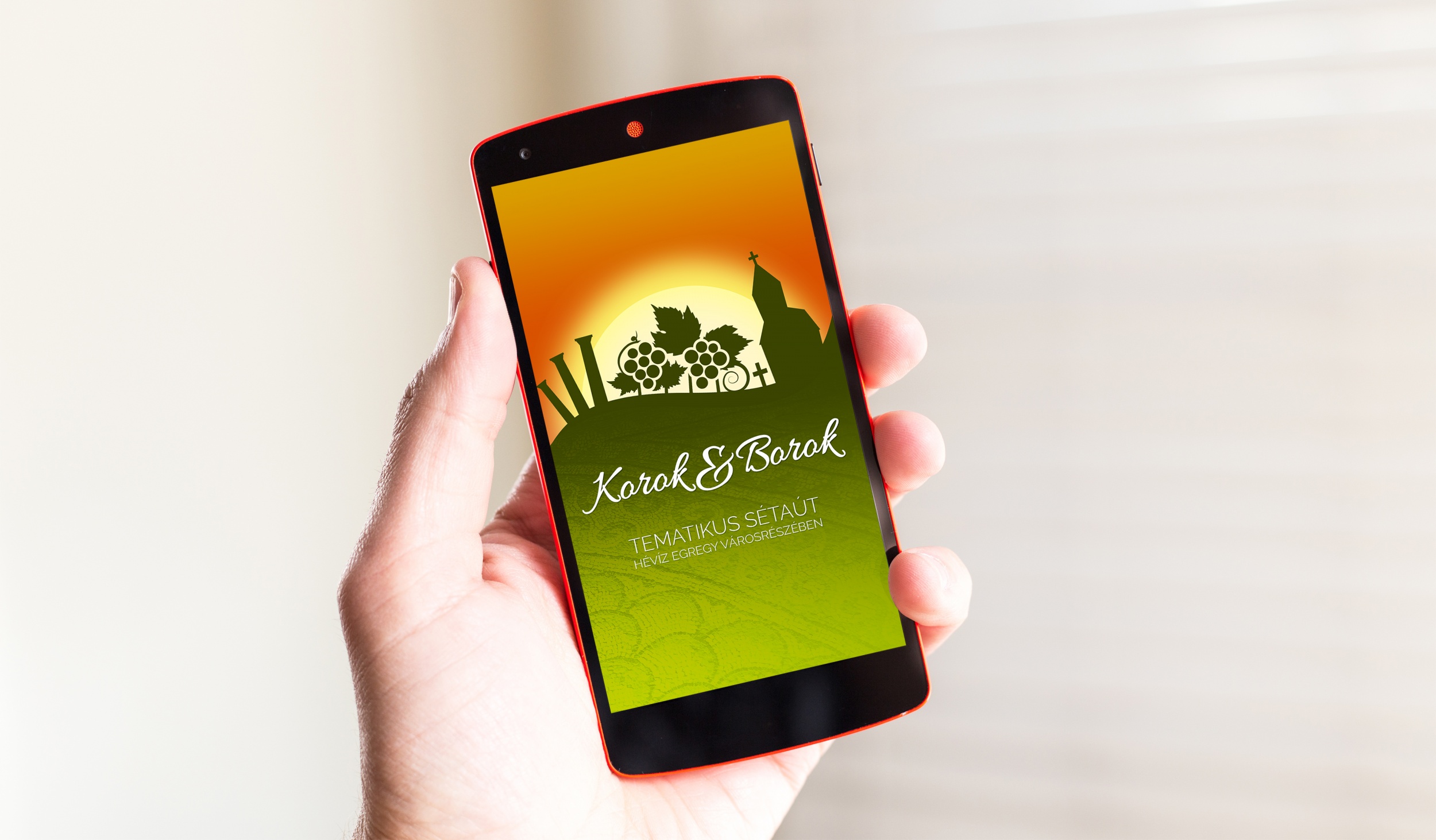The aim of Hévíz City is to introduce the historical, gastronomic and cultural values beside the Lake. The district Egregy has plenty of these so we invite our guests to take a walk that goes along the sights of Egregy and offers a pleasant leisure.
The starting-point of the thematic walk is the place of the excavated and conservated ruins from the Roman times while the end-point is the church from the Árpád era escorting the visitors in chronologic order from the Roman period until the appearance of Christianity and the Hungarians.
Main stops of the “Times and Wines – Thematic Walking Path in Egregy quarter of Hévíz”:
Roman ruins
At the district of Egregy the ground covers the ruins of one of the most important settlements in the region from the Principate era which was inhabited from the first half of the 1st century until the beginning of the 5th century. The excavated and introduced part of the villa-farm that consisted of several buildings was rebuilt during the use many times. The “restoration” of the ruins took part for the first time in 2003. During the restoration the aim was also to present the four architectural periods appearing as a result of the excavation. Since that the excavated parts started to spoil and the ruin was in its former shape on the way to fall apart and for that reason a repeated restoration was needed which took part in 2011.
According to the archaeological findings Hévíz and its surroundings were densely populated. The main road leading to Aquincum the capital of Pannonia from Italy passed nearby but also the beauty of the area attracted the Romans. One of the most important relic of the surrounding around Balaton is the stone building excavated in Egregy district dated to the early Principate and which was possibly the residential building of the villa-farm (villa urbana). The almost 1000 square meter villa was built in around 100 DC and has a colonnade, spa pools with warm, semi warm and cold water and which subsisted until the 5th century and was rebuilt several times. West to the above residential building the ruins of the economic buildings were found which possibly formed a common group. The mentioned remains testify that the Romans fitted their villas and buildings masterfully into the Pannon landscape. Imaging the huge villa and other building still waiting for excavation the contemplator can put himself/herself into the 2000 year old predecessor of the town today while the former one was not only imposing by its floor plan measures but also in the details of the work carried out. The villa of Egregy and the relics found in other parts of Hévíz – the Jupiter altar stone found near the lake and the coins from the early Principate era brought up by divers – demonstrate that the settlement of the Romans was also driven by the healing “wonder lake”.
Presentation building
Arriving from the event area a gate structure made from monolith blocks welcomes the visitor and after passing among these they can relax under pergolas ran over by vine and other creepers. Corresponding with the Roman traditions there is a small inner courtyard on the south side with a nice fountain. The entrance of the building was similarly established among monolith blocks from which we reach the atrium. On the left side of the atrium a multifunctional room awaits the children which can host bigger events also if opened together with the atrium. The exhibition room is left to the atrium.
Event area
An event area will be established in the frame of the project between the parade square and the presentation building reaching the border of the Roman ruins. Two paths will cross the lawn: the northern one will lead to the museum building (paved with bricks); the southern provides direct pedestrian connection between Attila Street and the Egregy district (paved with gravel). We are planning to establish perennial flower bed alongside the path leading to the museum in order to emphasize the entrance and decorate. Along the southern side of the site a characteristic lane of bushes will frame the area with a parallel line of trees. The line of trees will provide shadow for the occasional appearing vendors and balances the effect of the one-level lawn surface of the inner park.
Playground
We plan to expand the territory of the playground built in the frame of the 1st rhythm of the developments right next to the ruin area with park areas of lawn and trees. The central element of the playground is the “watchtower” which can be climbed on from more sides and through climbing equipment of different structure and difficulty. According to the Roman thematic this climbing-clambering games of skill serves practically as a gladiator school which was common across the ancient Rome. The poles and capitals are uniquely carved and reflect the style of the Roman race chariots while the rotation of the wheel he dynamism and turbulence of the races. Also as a part of the gladiator school some balancing poles are waiting for the children with unique carvings of animals that were Roman symbols or had cultural importance (eagle, wolf, goose, snake). The archaeological site is an important part of the playground. There are replica pieces of ancient pottery and of coins of the region hidden in the sand on a circumscribed part and the children can compile these objects with layout forms such as a puzzle. As an imitation of the ancient chariot races there are two tread wheels installed.
Kneipp stepstones
In the ruin park tourist can find dry Kneipp step stone paths on the gestures of unexcavated walls hiding in the ground for relief of their body and soul. The path is placed directly next to the ruins since its floor plan is completely identical with the contours of the building ruins connected to the Roman villa. The Kneipp therapy was named after its inventor Sebastian Kneipp. The barefoot walking on mixed size gravel, broken stones, wooden surfaces and wood cuttings offers a natural massage. It has very good effect on the blood circulation of the foot and strengthens the vessel walls. By massaging the reflex zones we can stimulate all of our organs. Braces, refreshes, relax and applying it on a regular basis it has a great effect on the metabolic processes. The method can be applied against weariness and circulatory disorders but it is not suggested for those having hearth problems.
Parade square
It was established directly next to the Roman Catholic Church joined with the entrance of the church and opening the space between Zrínyi Street and the event area. The level of the small public square is sunk under the level of the sidewalks, it is paved with decorative stone, equipped with drinking fountain, benches and it is separated from the museum and the ruin park with arbour-like gate structures. A newly planted line of trees provides shadow on the south side of the square between the church and the square.
Bus waiting room – resting place – Bicycle connection point
The building surrounded with a neat veranda offers shadow and dry rest place for those waiting for a bus or Dotto. The map placed on the wall of the building serve as an information resource for the tourists taking a rest and there is also covered bicycle storage. The rest room has toilets for ladies and gents and also an accessible bathroom.
Grave of the Roman soldier
The grave made from bricks was cut in a steep bank and discovered in 1925 on the eastern end of the parcel of resident László Baráth during ploughing. The archaeological excavation was made by dr Árpád Csák director of the Balaton Museum. There was a male skeleton lying inside with bronze fibula on his right shoulder and a bronze belt snap on his waist. Beside the above an iron knife, fragments of a glass pot and a bronze coin from the era a Constantinus the 2nd (340-361) were found in the grave. The grave goods were transported to the museum in Keszthely where the relics were destroyed in World War II. But the brick-grave was not dissembled so it maintained its original condition and the skeleton as well and it can be visited. The folks of Egregy soon started to spread the rumour that the grave contains the body of a Roman military officer alongside with many golden coins and military medals. In reality the Roman grave in Egregy is part of an unexcavated graveyard where a local citizen was buried around the middle of the 4th century with poor grave goods. Dezső Kosztolányi, a famous Hungarian writer visited the place and observed the grave of the “Roman captain” in 1934. He wrote about his experiences in his short novel titled “Egregy” where he obtained “inspiration” from the mysterious connection between the world conqueror Rome and the tiny village and they encounter trough the life of the “Roman soldier” and the plough of László Baráth.
Flavius in Hévíz station
The province of Pannonia played an outstanding role in the Roman Empire. On one hand as a border province it protected the inner part of the empire from barbarian attacks on the other hand important roads were crossing it which where major vessels of mediator trading. Such a trade route was the Amber Road transporting amber mined in the region of the Baltic Sea the Italian industry’s luxury commodity. Along this road were the Roman towns of Western Transdanubia the actual centres of administration and culture. Sometimes Pannonia obtained high relevance: the legions stationed here proclaimed emperor Septimius Severus in 193; emperor Theodosius I (Theodosius the Great) beat the Sarmatians attacking from the line of the Danube several times such as in 374 and 378. Theodosius the Great was responsible for the intellectual and cultural unity of the empire. In his religious decree issued in 380 he made Christianity the state religion, in 325 he abolished the former legislation allowing the persecution of Christians and made steps against the Arian heretics (those disclaiming Trinity) in the faith of the First Council of Nicaea. There are many legends about the wonderful effect of the water in the lake of Hévíz and one of them corresponds to Theodosius the Great who was born as Flavius Theodosius. According to the legend the little Flavius was a scrubby boy suffering from poliomyelitis but after taking a bath in the lake he recovered his health and later he became one of the most influencing emperors of the Roman Empire.
Roman architecture, winery, viticulture station – emperor Theodosius the Great
All the folks that showed up throughout the history in the surroundings of the Balaton have left their mark also on Egregy. On the territory between the Church of Jesus' Heart (Jézus Szíve templom) and the peat valley (tőzeges völgy) arches from eight archaeological eras were found starting with the Middle Neolithic Period (end of the 4th millennium BC) to the Carolingian Period before the Hungarian conquest of the Carpathian Basin (9th century DC). From the above periods the presence of the Romans was the most abiding. As a proof of that see the ruins of building from the Principate that dr. Árpád Csák partly excavated in 1931 finding richly decorated fresco fragments and mosaic tiles. During the works on the wine fields in 1901 276 pieces of coins from the 4th century appeared in crockery while in 1936 a brick burning oven west to the columbine (Church of Jesus' Heart). The middle age village and the church from the Arpad era both were built on Roman layer. The Romans brought the knowledge of viticulture to Pannonia and to the surroundings of Balaton which is reflected by the ceramic pot with the lettering “Da Bibere” (give me something to drink) discovered nearby. Viticulture became successful thanks to the knowledge of the Romans and the fortunate natural conditions. The soil of Egregy is medium hard, sandy and moderately stony. This “warm” sometimes “fiery” soil together with the favourable climatic characteristics facilitated outstanding quality wine making. It is not a coincidence that the Hungarians living here in the Árpád era continued the tradition of viticulture with Roman roots.
State religion and the appearance of the Hungarian station
By issuing his religious degree in 380 Theodosius the Great made Christianity the state religion of the Roman Empire. Archaeologists say that after a “shady period” following the cessation of the Roman reign folks of the late migration settled in Egregy and were present in the 8th-9th century. On the territory between the Church of Jesus' Heart (Jézus Szíve templom) and the peat valley (tőzeges völgy) wall remains of a primitive fortress and a manor from the Carolingian Period from the 9th century were found. After the Hungarian conquest of the Carpathian Basin Hungarian people found their home also on Egregy. In the 13th century the village became a property of the Atyusz genus which was one of the main genuses of Zala county with Türje genus and Hahót genus. The first certificate that mentions Egregy stands from 1221 when Sal from the Atyusz genus left his property called Egregy to his wife. The mentioned certificate is also the first written document that mentions the viticulture of Egregy since it accounts eight pieces of grapevine. In the second half of the century, in 1274, Egregy (Egreg) was mentioned in connection with a border inspection and in a certificate from 1328 they mention the road connecting the villages Hosszupáhot (Alsópáhok) and Egregy („villa Egrug”). There is a certificate from 1341 that mentions the first stone church raise for the honour of Saint Catherine and is still standing. The medieval village was located near the church. The village and the church belonged in the 14th and 25th centuries to families Koppányi, Szentbenedeki, Foky and later to Hertelendy. The settlement was destroyed several times in the Turkish era than it was rebuilt later in the 18th century German settlers arrived in Egregy who completely dissolved in Hungarian culture.
Development of Christianity – Church of St Magdalena from the Árpád era
Numerous churches were built in villages during the Árpád era (11th-13th century) since the laws of Stephen I ordered already in the beginning of the 11th century to build one church in every ten villages. The Árpád era church of Egregy was built in the second quarter of then13th century one century before first mentioning it in a certificate (1341). In the middle age the cottages of the villages stood next to the church but after the Turkish era they moved more far. Since then the church stands alone and only the cemetery used for many generations surrounds it. The Roman style church of Egregy is the most beautiful example of the Hungarian village churches pasted in the landscape reflecting the most developed type in terms of proportions, mass formation and floor plan setup. The beautiful appearance is in balance with the practical skills of the master of a long term construction. The placement of the building is longitudinal has a triple segmentation (tower – nave – sanctuary) and has an east-west orientation. It was built from the Pannon sandstone available in big quantity nearby. The most beautiful part of the church is the octagonal roofing of the tower where the window openings are separated by lank columns with richly decorated heads. The church was renovated in the Baroque era (1731) and later also in the middle of the 19th century, in 1912, in 1938 and in 1964 for the last time. The church of Egregy is an example of Roman style village architecture with outstanding beauty and is a carefully protected monument.

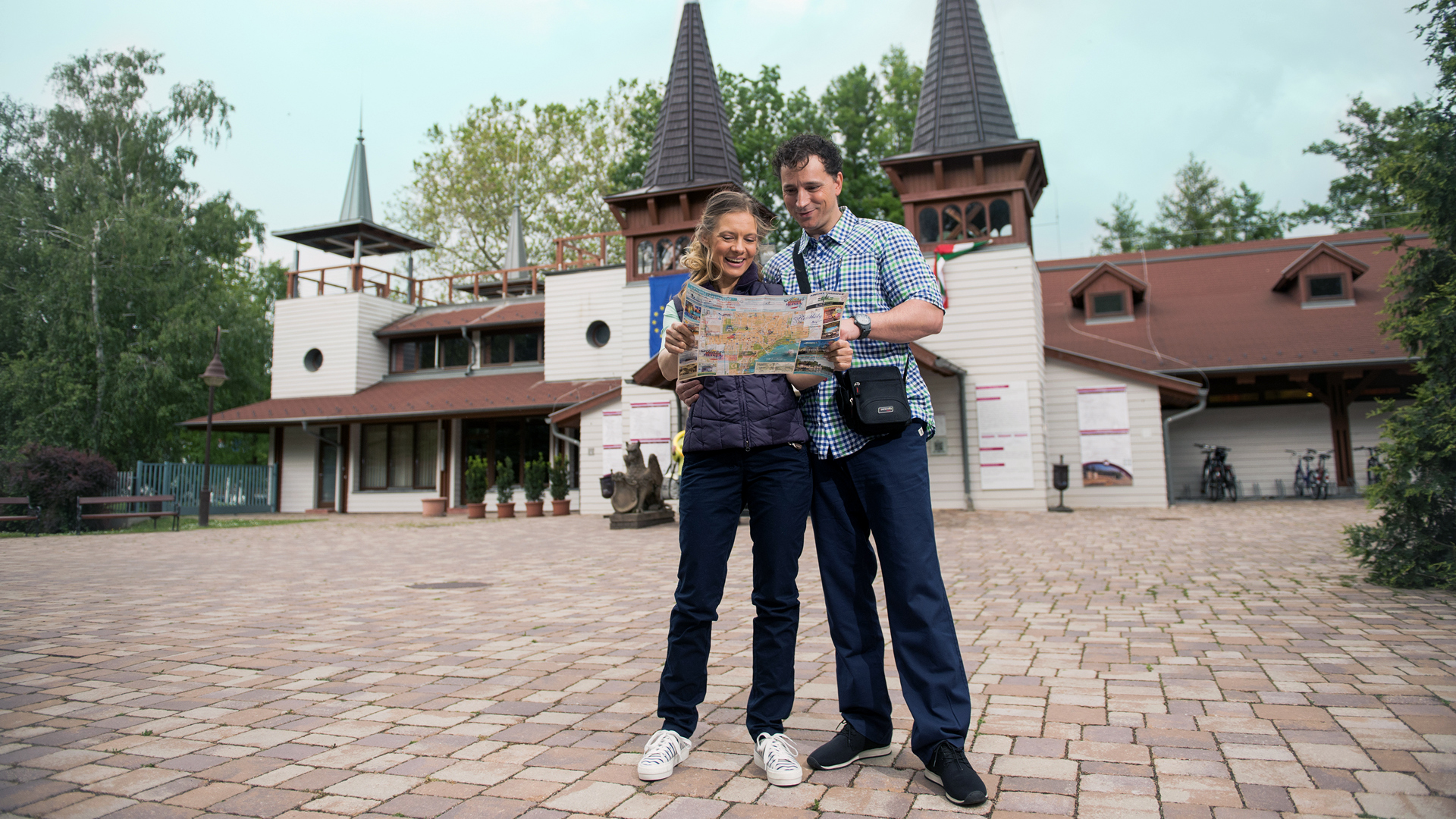
.jpg)
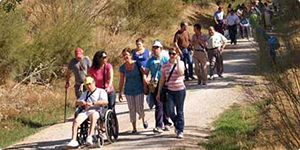
.jpg)
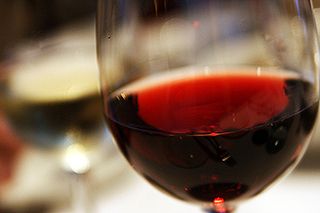

 Roman ruins
Roman ruins Grave of the roman soldier
Grave of the roman soldier Walking path stations
Walking path stations Church from the Árpád era
Church from the Árpád era Winery, wine cellar
Winery, wine cellar Wine bar, tavern
Wine bar, tavern Presentation building, exhibition
Presentation building, exhibition Event are
Event are Stage, theater
Stage, theater
 Parade square
Parade square Kneipp Stepstones
Kneipp Stepstones Ticket office & gift shop
Ticket office & gift shop Information
Information
 Signs
Signs Cab parking
Cab parking Car parking spaces
Car parking spaces Bus station, minibus parking
Bus station, minibus parking Parking spaces for the disabled
Parking spaces for the disabled
 Rest area
Rest area Walking path
Walking path Bicycle storage & HeBi
Bicycle storage & HeBi Walking routes
Walking routes Thematic playground
Thematic playground Roman garden & statue
Roman garden & statue Architectural heritage
Architectural heritage Cemetery, graveyard
Cemetery, graveyard Rest rooms
Rest rooms
 Rest room for the disabled
Rest room for the disabled
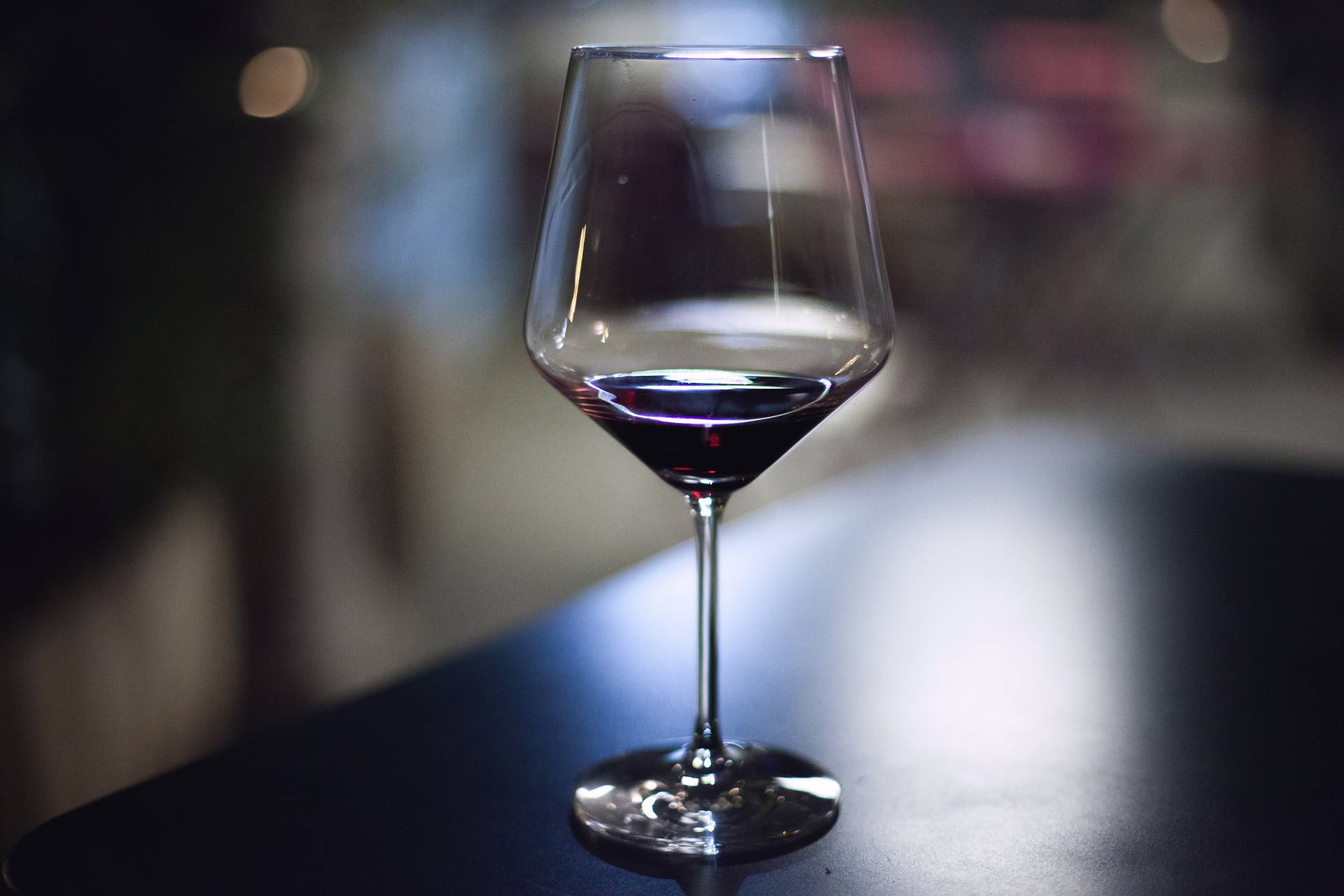



.jpg)
